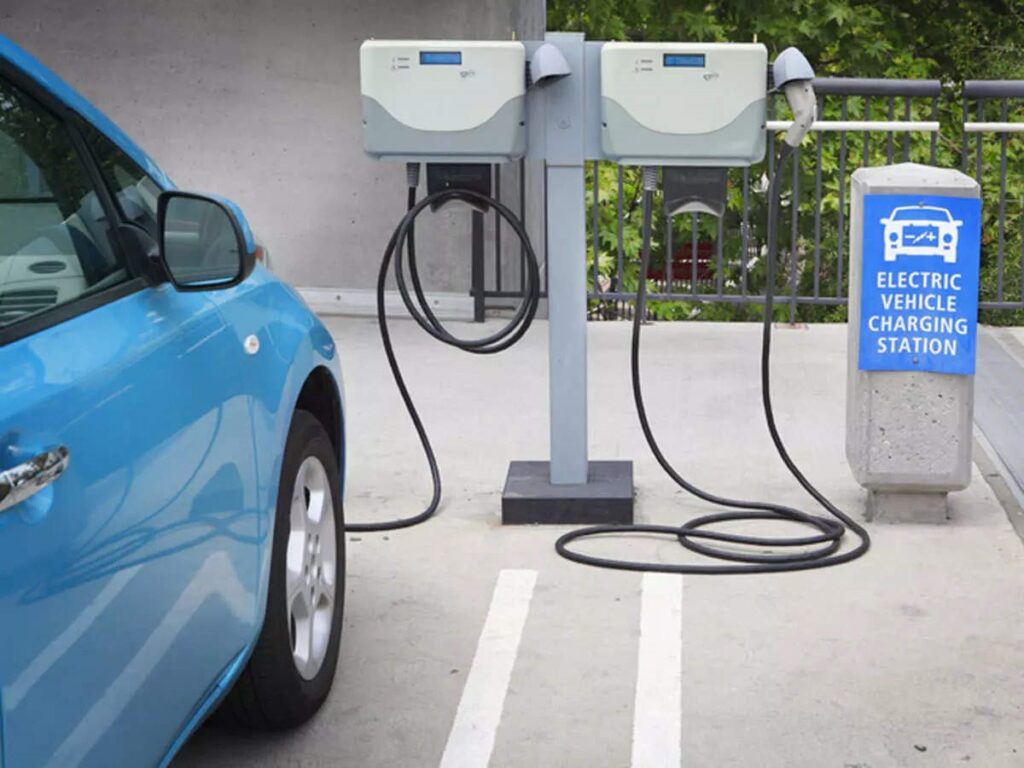Charging Methods must be considered important as it is necessary to pay attention to the heat of charging electric vehicles, improper charging will cause damage to the electric vehicle battery, easy to charge the battery, and reduce the service life of the battery. According to battery experts, the following seven charging methods are the most harmful to the battery, and need to pay attention to avoid, choosing a scientific charging method:
Mistake 1: The electric car charges the battery in direct sunlight
The right thing to do is to charge the battery in the shade as much as possible or charge the electric car in the evening. The battery also heats up during charging, and if it is charged in direct sunlight, it will also cause the battery to lose water and cause damage to the battery.

Mistake two: The electric car charges the battery as soon as it stops
The correct approach is to park the electric vehicle for over half an hour and wait for the battery to cool before charging it. In electric vehicles in the riding state, the battery itself will heat, coupled with the hot weather, the temperature of the battery can even reach more than 70 °C, at this time charging the battery will aggravate the water loss of the battery, reduce the service life of the battery, aggravate the risk of battery drumming. This is a common mistake done in any Charging Method.
Buy Now: Semco Infratech – SI Battery Charge & Discharge Cabinet Tester – SI BCDS 100V 20A 4CH.
Mistake three: charging time more than 8 hours, or even charging overnight
The correct approach is: regardless of whether the charger has a turning light and the charging time is controlled within 8 hours. Many electric vehicle users often charge overnight for convenience, charging time often exceeds 12 hours, and even sometimes forget to cut off the power supply charging time for more than 20 hours, which will inevitably cause great damage to the battery. Multiple long-term charging can easily cause the battery to be charged and bulge due to overcharging.
Mistake 4: The EV charger does not make the charger for the special car
The correct way in this Charging Method is that the charger is dedicated to the car, if it is broken, go to the car shop or repair shop in time to be inspected by professionals, and then equipped with a new charger. Now many families have two or even more electric vehicles, and many electric vehicles are of different brands, and different models, battery models are not the same, and chargers are naturally different, and cannot be universal, the correct way is a special car charger, but some electric vehicle users are in the process of use, will often mix-use, and even take a 60V charger to charge a 48V battery, take a 20AH charger to charge a 12AH battery, charging voltage and current do not match, will cause damage to the battery.
Mistake 5: Using a miscellaneous charger to charge the battery
The correct way to do this is to go to a professional electric car shop or repair shop to buy a regular brand charger. At present, the electric vehicle market is full of many inferior chargers, and many consumers do not pay attention to the quality of the charger, greedy for cheapness, thinking that the charger can only charge the battery. The electronic components of the miscellaneous charger are basically made of inferior materials, easy to damage, and the problem often occurs that the battery does not turn the light after it is fully charged, and the charging current cannot be adjusted according to the current of the battery, resulting in a large number of battery overcharge, and the battery will be drummed after multiple overcharges. If the electric vehicle charger cannot be used normally, it is recommended to replace a high-quality brand charger at a professional electric vehicle after-sales repair shop to ensure the quality of charging and delay the service life of the battery.
Buy Now: Semco Infratech – SI Battery Management System Tester – SI BMST 1-32S 60/120A with cabinet
Mistake Six: Using a Fast-Charging Station to Charge the Battery
The correct approach is: to check the power before going out and ensure that the electric vehicle has normal power to meet the travel demand, if the power is insufficient, charge it in time before going out. Now, many cities have a large number of fast charging stations distributed, on the one hand, to bring convenience to electric vehicle users, on the other hand, fast charging station’s high current charging leads to serious battery gas loss and water loss, long-term use is also an important reason for battery charging. Some electric vehicle users reported that the battery was charged after half a year of changing the battery, and finally understood that it was the result of using fast charging stations many times.

Mistake 7: Carry an EV charger with your vehicle
The correct approach is: the charger should be stored in a fixed place, and if necessary, you can have an additional charger. Some electric vehicle users, for the convenience of charging, like to bring the charger on the car the electronic components on the main board of the electric vehicle charger are welded, and some significant electronic components and bumps may cause desoldering, resulting in poor contact, resulting in current instability and protection function failure during charging, resulting in battery damage.
More Articles:
BMS Internal and External “WAKE-UP” Signal,
Lightweight Technology For Battery,
liquid leakage analysis of soft-pack lithium,
what are the functions of the battery pack,
Failure analysis of lithium batteries is a science,
Overview of Lithium Batteries,
The packaging form of lithium-ion batteries is better,
Causes Reconditioning Of Battery Vulcanization,
Lithium-ion Battery Process Details,
Lithium battery overcharge mechanism and anti-overcharge measures.,
Factors Affecting The Performance of High-Power Lithium-ion Batteries,

